I wrote earlier about my spring trip back east, first to the FCM conference, then as a tourist for a few days in Ottawa. I don’t want this to turn into a Travel Blog (ugh, who needs another one of those?), but I do want to talk about the last leg of our trip, because Montreal blew my mind.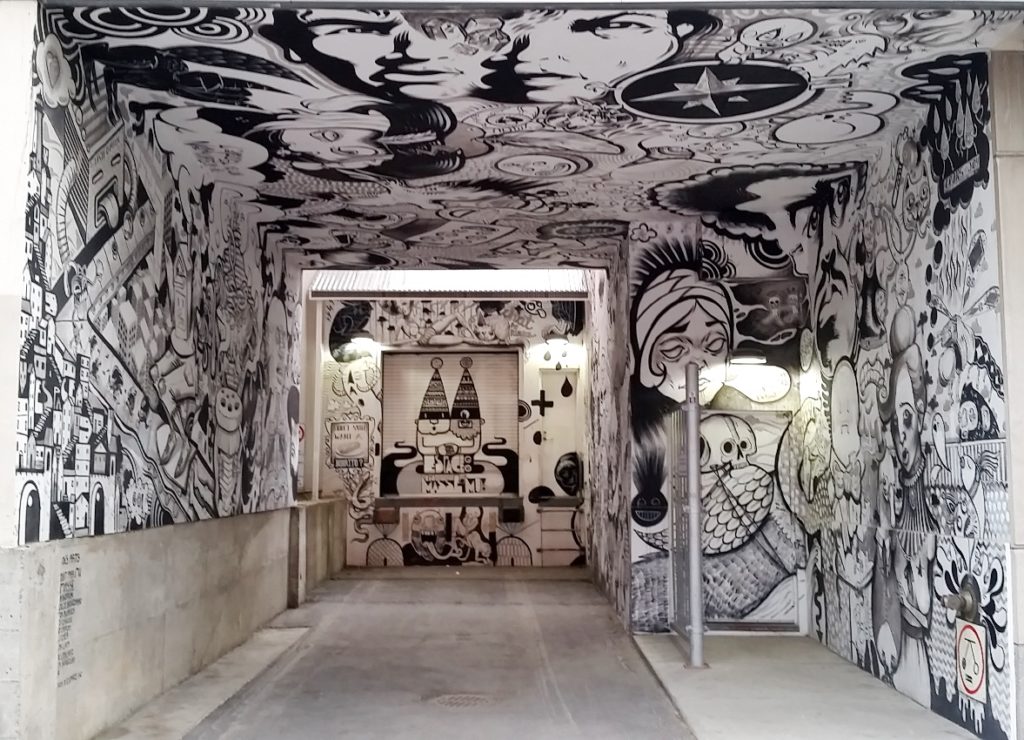
I have not visited Montreal in a couple of decades, and aside from the rampant bilingualism and historic buildings, the City had little in common with Ottawa. Montreal is so vibrant, it was so being lived in, that we almost didn’t want to leave.
We got around on the quick and efficient metro system. For $18, we got a three-day unlimited pass, and found the system easy to navigate, only occasionally crowded, clean (if a little well-worn in places), and friendly. Aside: It is notable, coming from a TransLink serviced area, that only 7 of the 40+ metro stations have elevators, and there is limited accessibility throughout the system. Perhaps a legacy of the age of the system, but it puts TransLink’s occasional accessibility issues into perspective when 90% of Metro is completely off limits to those who cannot navigate escalators and stairs.
Our other transportation source was Bixi, Montreal’s incredibly comprehensive bike share program. Bixi runs like the New York CitiBike, in that the tech and booking system is in a station kiosk, and bike must be returned to a station. This was never an issue on our two days of criss-crossing the City, as stations were ubiquitous. There were three stations within 1 block of our little hotel in the Village, and another two between us and the nearest Metro Station three blocks away. We paid $5 a day for unlimited 30-minute rides, occasionally checking a bike in and checking another out if our journey was longer that the maximum. The system operated flawlessly, and appeared to be very well used.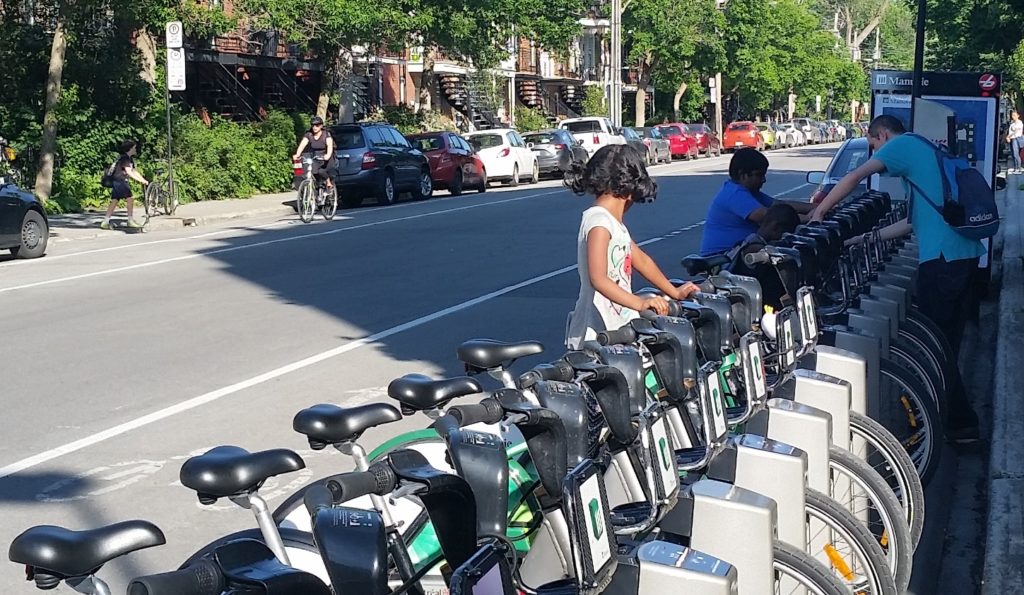
We thought Ottawa was a bike-friendly city, but Montreal takes it to an entirely different level. This is what it feels like when cycling is made equal to other modes in a City. Every journey we took, there was either a separated, protected bikeway, or a traffic calmed street bikeway, with the former more the rule than the exception. Light signals were designed with cyclists in mind, the network is connected and integrated with other modes. Overall, it just worked.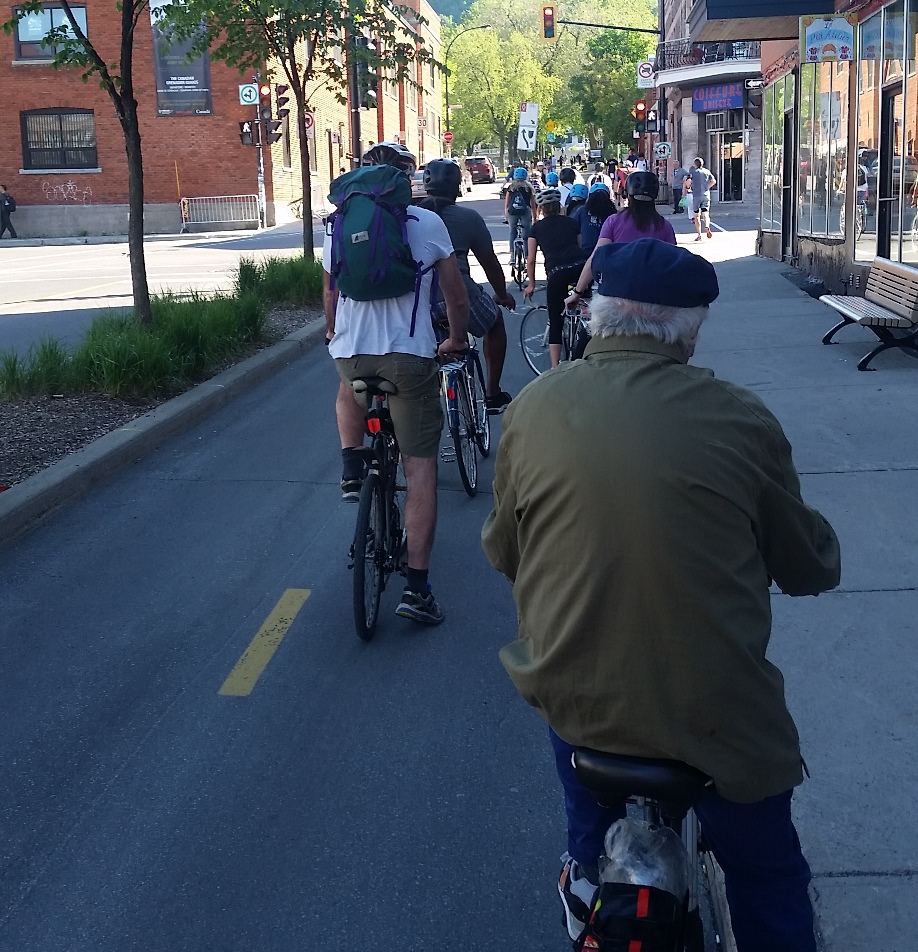
The result is obvious – we had, at times, Copenhagen-level bicycle traffic. There were a few of lycra-wearing Freds, but they were easily outnumbered by people in street clothes riding bikes of almost every shape and style, using the functional network to get around without much fuss. I would peg helmet usage in adults at about 30%, but with upright bikes and really well designed infrastructure, I don’t think I ever saw a conflict between a bike and another user. Quite the opposite, the few times we got a little turned-around with infrastructure, drivers seemed to treat us with an unfamiliar courtesy.
There are still people who think Vancouver is being too aggressive with bike lanes and normalizing cycling as a mode. There are people who think helmet laws are the best way to keep cyclists safe. My answer to them will now be Montreal. As a cycling advocate in the Lower Mainland for more than a decade, and someone now elected to make our City work better, I actually feel a little ashamed about how far ahead of us wintery, hilly, crowded, traffic-crazy Montreal is. Be assured: we are laggards; embarrassingly so.
The other part that made Montreal easy to love was the incredible animation of public spaces: Parklets, road “closures”, street art, festivals, patios, the whole damn scene. We walked a few blocks on a Wednesday night and stumbled upon a swing dance event in a public park, beer being sold, people hanging out and dancing, with what appeared to be very little fuss.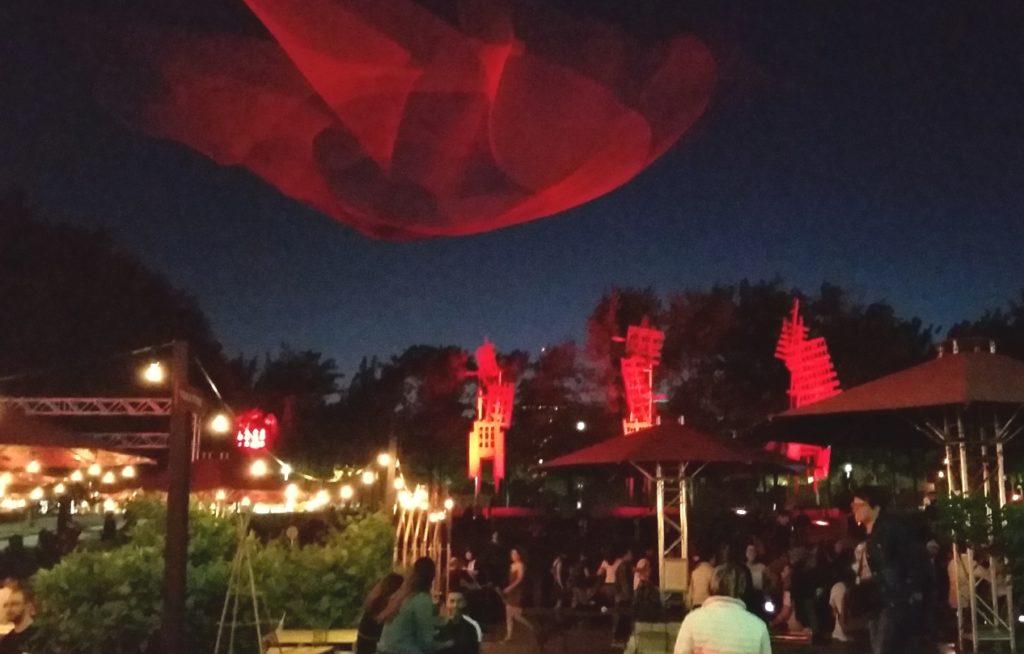
We soon discovered this was the rule, not the exception. For three days we travelled around on bikes finding streets closed and a stages set up, streets where traffic was being constrained by patio life, people playing or listening to music, stuff happening mid-week in May.
The streets of the Village, of the Plateau, of Mont Royal, of everywhere, were busy with retail and entertainment. Parklets, decks, restaurants, and a healthy-looking diversity of small street-level retail.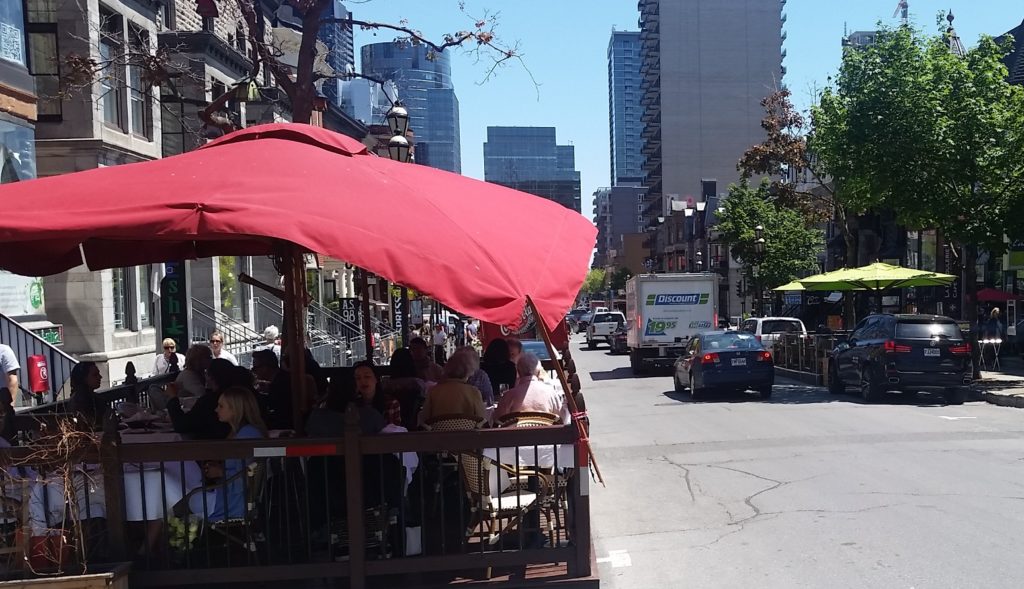
Travelling around on Bixi took us through the many residential neighbourhoods immediately adjacent to the main strips like St. Laurent, and I started to make the (obvious to my YIMBY friends) connection between the residential neighbourhoods and the street activity. and it comes down to this: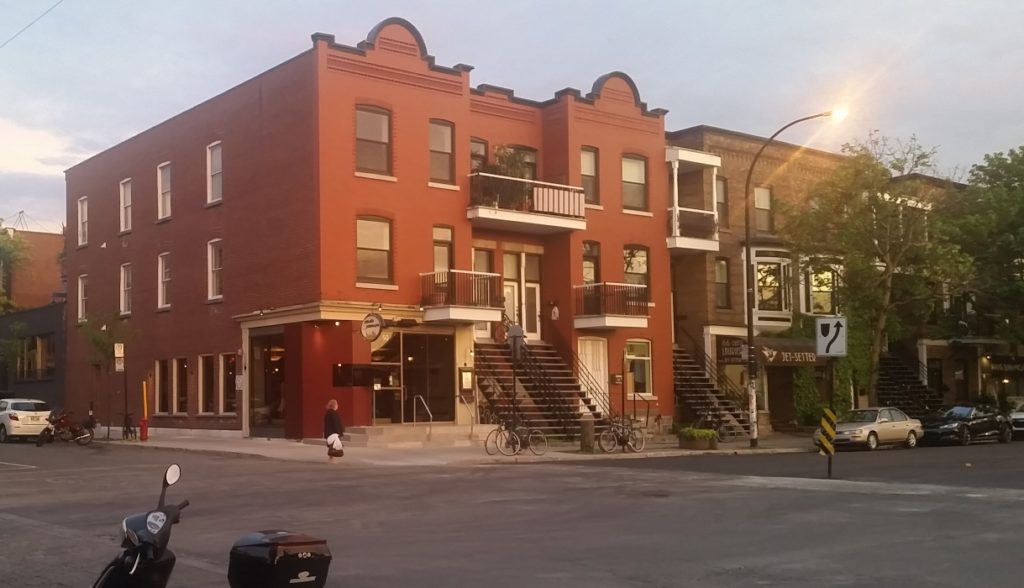
This type of 4- or 5-unit building, rental or condo, is ubiquitous in Montreal. There are many (and seemingly a growing number of) higher-rise condos in the centre of town, many areas on the fringes (a freeway-drive away from town) where relatively cheap single-family detached exist, but it is the medium-density, low-rise multi-unit apartment building that defines the livable neighbourhoods of Montreal.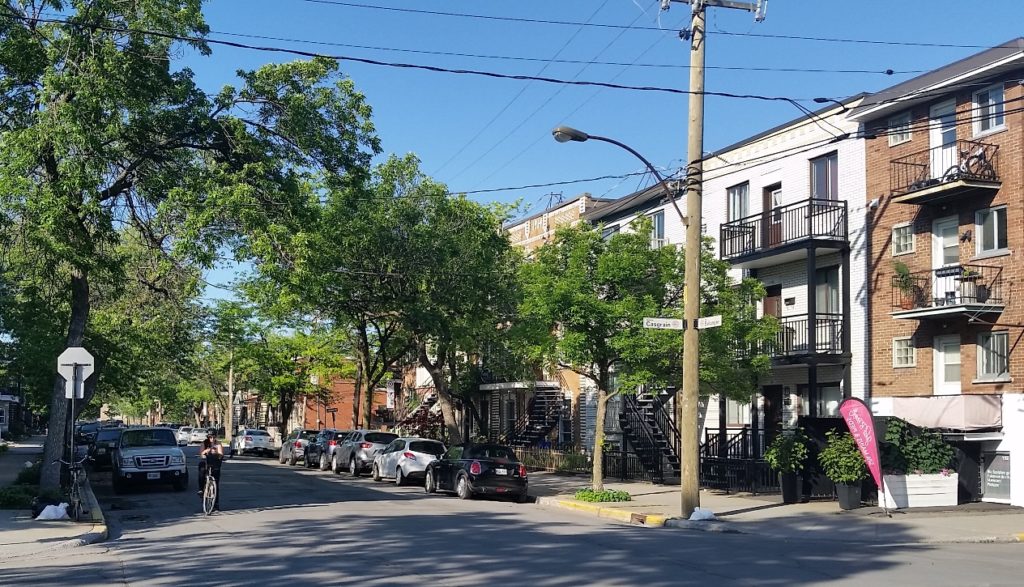
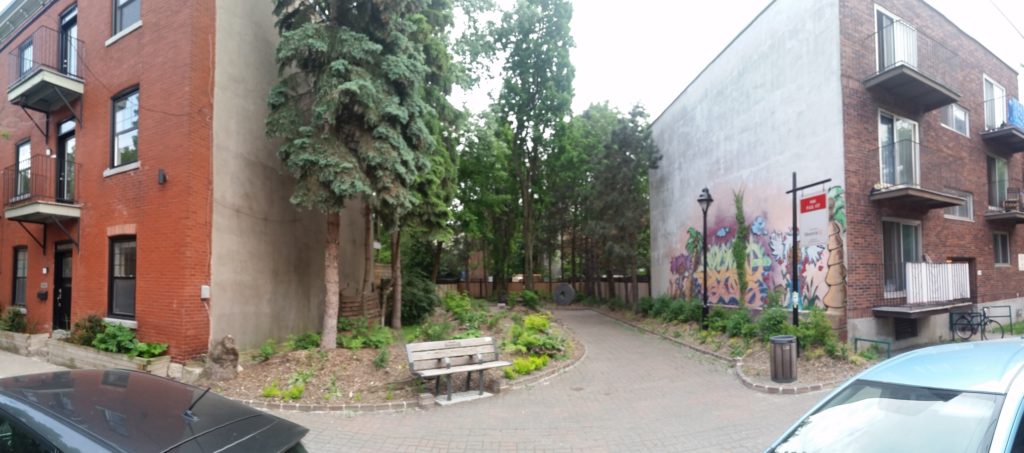
I am sure there are other factors – cultural history, long winters, cosmopolitan population, laissez-faire laws, large student population – but I cannot help but connect this missing middle family-friendly density to the other features that make Montreal neighbourhoods so livable. The dependable dépanneur, the bike lanes, the lively streetfronts, the energy of the street: they all depend on a population density that supplies customers and neighbours, but doesn’t overwhelm space. This is the built form that so much of Greater Vancouver (including New Westminster) is scared of, even as our neighbourhoods struggle with being too expensive to live in, and too barren to support a vibrant community.
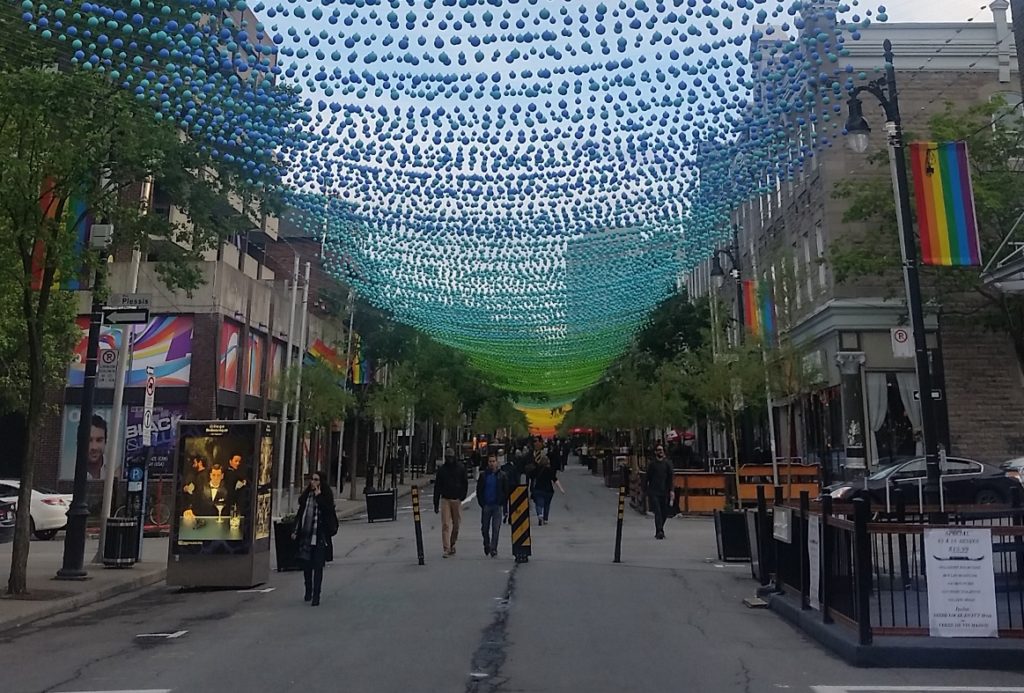
Seriously, we started to linger while walking past real estate offices to see what was on offer…